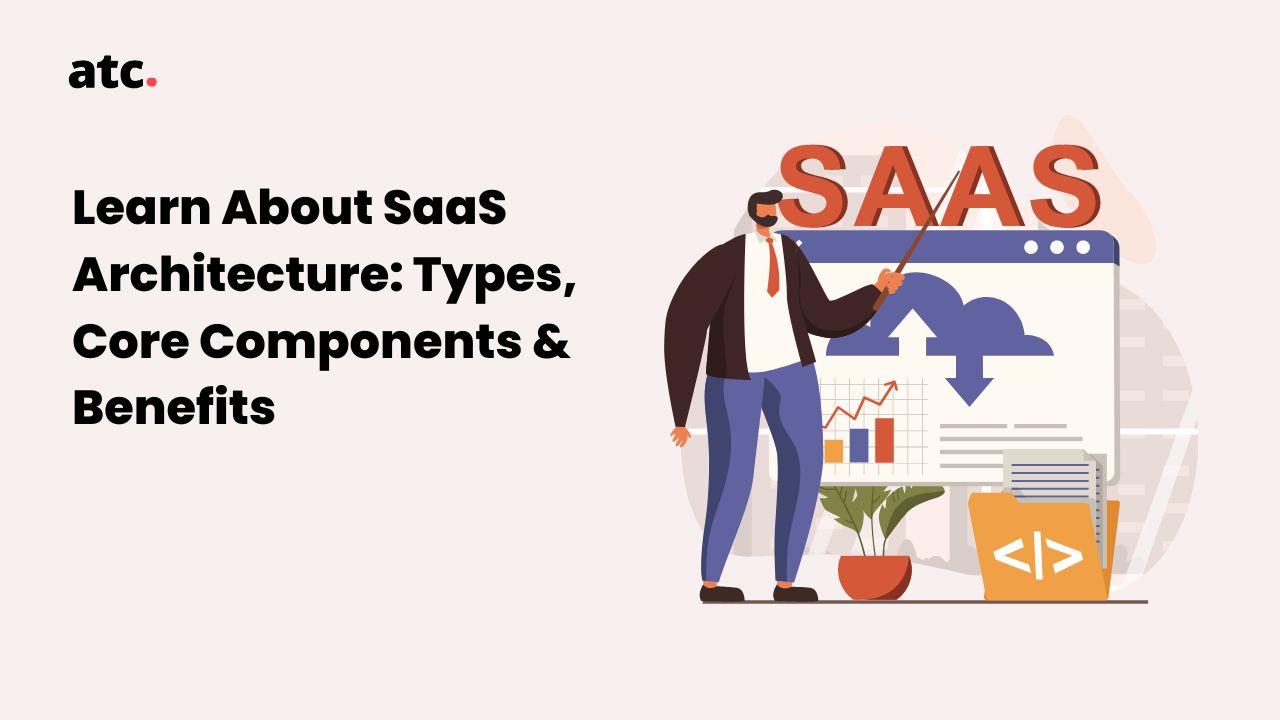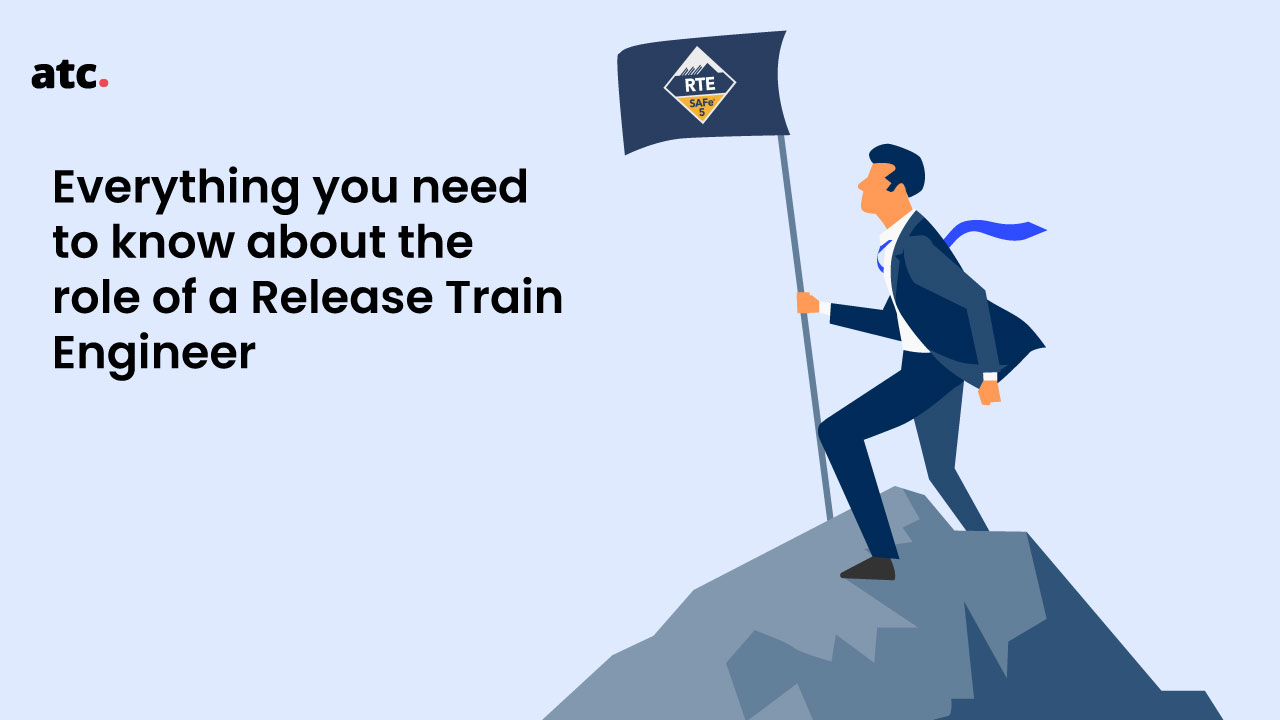Subscribe to the blog
The tech world can be an overwhelming place. With customers demanding lightning-fast updates, companies have no option but to become Agile in their approach. Today, almost 70% of Fortune 100 companies are adopting the Scaled Agile Framework, and the demand for professionals who can help them adapt to new ways of working is also increasing.
Enter SAFe Scrum Master.
A SAFe Scrum Master is a servant leader who empowers and leads Agile teams through constant coaching, mentoring, and smooth facilitation of Agile events.
To gain better clarity, let’s understand the roles and responsibilities of a SAFe Scrum Master, along with its career scope and how it differs from the traditional duties of a Scrum Master.
Who is a SAFe Scrum Master?
Expanding on the above definition, a SAFe Scrum Master is a servant leader responsible for empowering Agile teams and facilitating Agile events, such as iteration planning, standups, and retrospectives. They also prepare the team to inspect and adapt each event and deliver business value at scale.
Now that we have covered the basics, let’s look at some interesting facts to learn about its career scope:
From the above diagram, it is clear that the demand for SAFe Scrum Master is increasing. It is critical to note that the candidate's average salary can increase depending on their skills, experience, interpersonal skills, and ability to handle complex projects at an enterprise level.
What are the responsibilities of the SAFe Scrum Master?
As the popularity of Agile and Scrum increases, the roles and responsibilities of a SAFe Scrum Master also multiply. Here is a breakdown of all the things they do to ensure that Agile teams can work productively and there are no obstacles.
- Helping in Program Increment (PI) Planning
PI planning is a time-boxed event where multiple teams in the same Agile Release Train (ART) meet and discuss product features, identify cross-team interdependencies and prepare a roadmap.
The role of the SAFe Scrum Master here is to ensure that everyone is briefed about the product’s upcoming features. They also work with Product Owners, Release Train Engineers, and other stakeholders to ensure the event is successful. Here is a brief overview of all duties a SAFe Scrum Master is responsible for PI planning:
- Draft PI plans: They create a draft PI plan that includes vital information such as PI’s iterations, draft PI Objectives, and various risks and issues. Besides this, they also aid the team in determining their capacities and identifying planning areas.
- Ensure proper communication: During the event, they foster a healthy communication flow so that teams understand the PI objectives clearly and have a healthy debate on what roadblocks they may encounter.
- Review the final plan: SAFe Scrum Masters are in charge of reviewing the final PI plan and ensuring that they are SMART (Specific, Measurable, Achievable, Realistic, and Time-bound).
- Aid iteration execution
If anyone asks which is the most critical role and responsibility of a SAFe Scrum Master, it is supporting Agile teams in iteration execution. The process is how Agile teams manage their work and create systems that ensure maximum productivity to meet PI goals. And the SAFe Scrum Master is at the heart of it.
They facilitate the iteration execution process, including facilitating Scrum ceremonies that include daily stand-ups, iteration planning, iteration review, and iteration retrospective. These help the team stay focused on their tasks and eliminate roadblocks. SAFe Scrum Masters coordinate with multiple teams to ensure everyone is on the same page. Many also use advanced software tools to help track questions, accountabilities, and progress.
Their responsibilities also include collaborating with the Product Owner to refine the product backlog, explore different tools, techniques, and processes and learn how to apply them for customer centricity. During the execution process, they also collaborate with other stakeholders as and when needed.
Also, If you want to move deeper into Scrum ceremonies, read this guide to make the most out of these crucial gatherings!
- Make team improvement a priority!
SAFe exists with the sole purpose of improving team performance and ensuring faster time-to-market. But building a high-performance team is a challenge for many leaders. And this is where SAFe Scrum Masters can help.
They foster the following attributes in each team member to ensure they perform to their maximum potential:
- There must be goal clarity, and everyone should operate with complete transparency.
- Take accountability and ownership of their work.
- Collaborate and align your goals.
- Ensure timely feedback.
Besides these attributes, SAFe Scrum Masters should educate and help members adapt SAFe principles for faster value creation. It is also vital to take time and hold one-on-one sessions to root out conflicts and address concerns.
- Improve program performance and boost the organization’s agility
The end of the PI cycle is probably the busiest time for the SAFe Scrum Master. It is because they are responsible for:
- Helping teams inspect and adapt: The SAFe Scrum Master holds an event where teams reflect on what went well and what could be done better through a problem-solving approach. Their job is to guide the teams through the Inspect and adapt activities and ensure that the discussions happen within the allocated time.
- Collaborate with other stakeholders to improve the iteration process: As the name suggests, this activity involves the SAFe Scrum Master collaborating with internal and external stakeholders to improve the iteration process and identify value streams.
How is SAFe® Scrum Master different from Non-SAFe Scrum Master?
If you are contemplating becoming a Scrum Master, it is critical to know the top differences between both roles. Here is a brief overview to help you make the right career decision:
- An obvious differentiation is that a SAFe Scrum Master also applies the principles and practices of SAFe. And if the organization adopts Kanban, DevOps, or any other Agile methodology, they work around it to ensure that the teams follow it. The scope of a Scrum Master typically lies in the Scrum framework.
- Another critical differentiation is that a Scrum Master works at the team level, while a SAFe Scrum Master works at the program and portfolio level. This means that the former only works on enabling teams to adopt Scrum events, artifacts, and accountabilities. While the latter helps in carrying out increment cycles and has multiple SAFe duties and responsibilities to ensure continuous improvement at all stages.
- A Scrum Master has to work with a single team of developers and the product owner. But a SAFe Scrum Master has to work with multiple teams, including other Scrum Masters, subject-matter experts, and stakeholders.
- A non-SAFe Scrum Master has to deal with impediments only in a particular development team. But a SAFe Scrum Master works towards mitigating risks and resolving conflicts beyond the team level. They also help them move from conflicts to constructive disagreements.
- Cross-functional team collaboration is critical to maximizing value creation. SAFe Scrum Masters create an environment where cross-functional collaboration is seamless and there is also openness and transparency. While a non-SAFe Scrum Master works towards fostering collaboration within a team.
How to become a SAFe Scrum Master?
Now that we have analyzed how SAFe Scrum Masters differ from non-SAFe Scrum Masters, it is time to understand the qualifications and criteria. To become one, you should ace the SAFe® Scrum Master examination and acquire the certification.
Here are the steps you need to follow to acquire your SAFe® Scrum Master certification:
- Make sure you know the basics: You also need experience handling Lean-Agile projects and have a basic understanding of Scrum, Kanban, and eXtreme Programming (XP) frameworks. One should be familiar with the software development process.
- Enroll in a training program by an authorized partner: A instructor-led training program will provide you with actionable insights to build high-performing teams and learn about practical ways to address Agile and Scrum issues in the enterprise. Ensure that you enroll with an authorized partner of Scaled Agile.
- Complete your training and keep practicing: After training, it is critical to keep practicing and refreshing your knowledge through case studies, practice tests, and course materials.
- Give the exam and add the badge of honor to your resume: Once you feel ready, give the exam and add it to your resume to make it stand out.
Time to take the leap today!
Whether you are a Scrum Master looking to acquire new skills or want to move to a leadership position, pursuing the SAFe Scrum Master certification has many benefits. Hopefully, this guide will help you understand the nuances of the role and decide whether this is a suitable career path for you.
And if you need help getting started or anything about the examination, we can help you. We offer instructor-led SAFe® Advanced Scrum Master training with a practical learning approach riddled with industry-driven case studies, insights from industry experts, and group activities.
Check out our training page here to know what our training entails, and do reach out to us for any queries!




